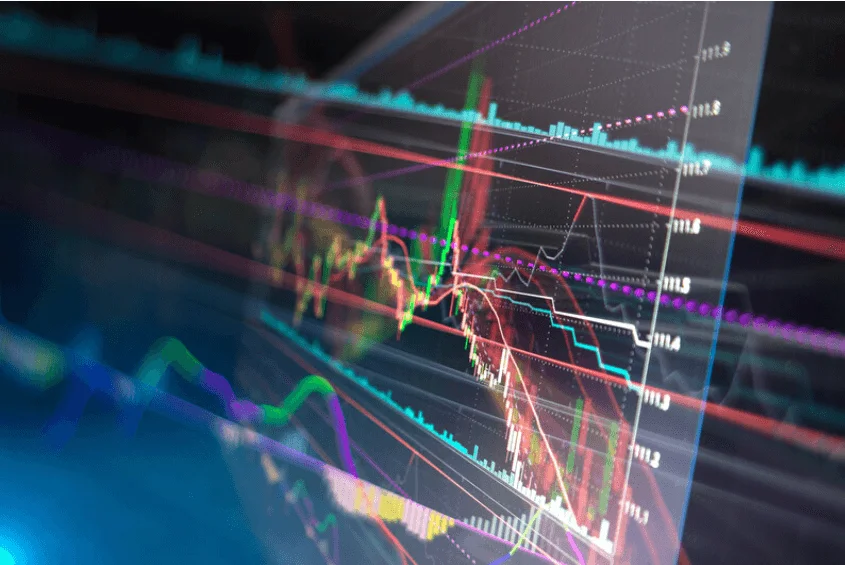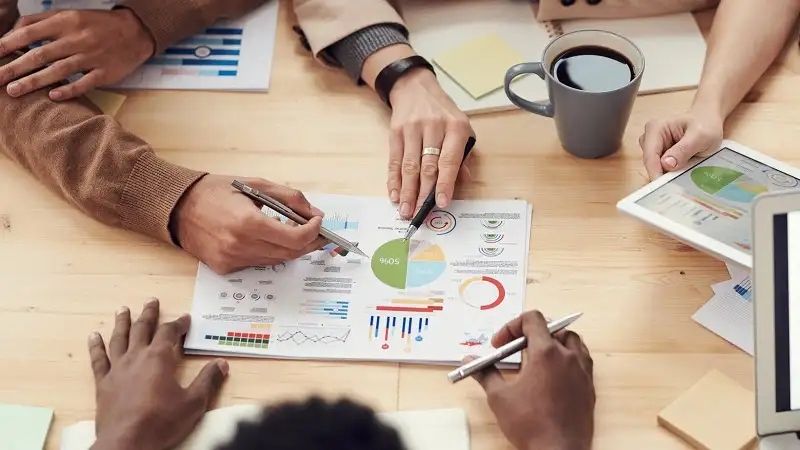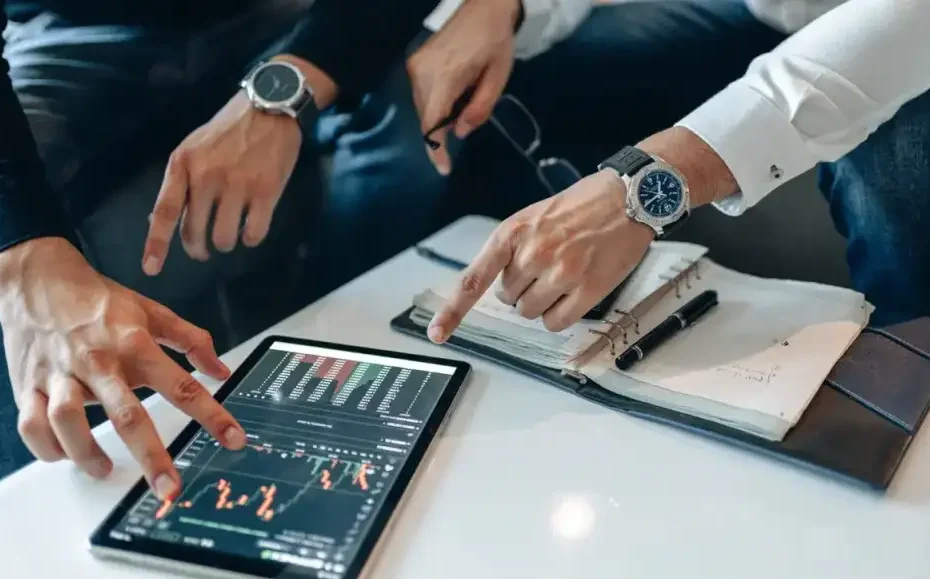Ftasiaeconomy tech trend is becoming one of the most talked-about subjects in the digital and economic world. At the beginning of this article, it is important to clarify that the term reflects a mix of financial technology, economic growth, and digital innovation happening at a rapid pace across industries. By understanding ftasiaeconomy tech trend, businesses and individuals can prepare themselves for the transformations that will define the next decade.
What is Ftasiaeconomy Tech Trend
Ftasiaeconomy tech trend refers to the rise of digital tools, platforms, and ecosystems that influence how economies grow and how people interact with technology. This includes everything from artificial intelligence to blockchain, cloud services, green technology, and even digital payments. Because economies and technologies are so interconnected, the concept is not just about gadgets but also about the broader digital revolution that shapes global business.
Why Ftasiaeconomy Tech Trend Matters
The reason ftasiaeconomy tech trend matters is that it directly affects industries, governments, and consumers. With each wave of innovation, new opportunities appear for investment, employment, and growth. At the same time, risks such as cybersecurity threats and economic inequality also become more visible. Therefore, staying updated with this trend is not optional but essential for long-term success.
Ftasiaeconomy Tech Trend in Artificial Intelligence

Artificial intelligence plays a central role in the ftasiaeconomy tech trend. AI is being used in finance for fraud detection, in healthcare for diagnosis, and in retail for personalized shopping. Moreover, AI improves efficiency in logistics and transportation. As companies adopt AI, the speed of innovation grows, and the costs of running large operations decrease. However, people must also consider the ethical questions linked to automation and employment.
Ftasiaeconomy Tech Trend and Blockchain
Blockchain is another strong component of the ftasiaeconomy tech trend. Many industries now rely on blockchain to secure transactions, verify identities, and improve transparency. Although the technology started with cryptocurrencies, it is now being used in supply chain management, healthcare records, and even government services. The trust that blockchain provides can rebuild consumer confidence in times of uncertainty.
Cloud Computing within Ftasiaeconomy Tech Trend
Cloud computing shows how the ftasiaeconomy tech trend changes traditional business models. Companies no longer need massive physical servers because they can store and access data in the cloud. This not only reduces costs but also makes collaboration easier. Since businesses can scale quickly with cloud services, innovation becomes more accessible to small and medium enterprises.
Green Technology and Sustainability
Another part of the ftasiaeconomy tech trend is the focus on sustainability. Climate change and resource management push governments and companies to adopt eco-friendly technologies. From electric vehicles to renewable energy, tech solutions now go hand in hand with environmental responsibility. In fact, sustainability is now a key factor for attracting investors and customers.
The Role of Startups in Ftasiaeconomy Tech Trend
Startups are at the front line of the ftasiaeconomy tech trend. They bring fresh ideas, challenge old models, and often develop tools that big corporations later adopt. Because startups are agile, they can quickly adjust to changing demands and create innovative solutions. In many cases, these young businesses are the true drivers of economic transformation.
How Governments React to Ftasiaeconomy Tech Trend
Governments play a big role in regulating and encouraging the ftasiaeconomy tech trend. Policies related to data privacy, digital taxation, and innovation funding can either support or limit progress. Countries that create balanced regulations and invest in digital infrastructure usually see stronger growth and competitiveness on the global stage.
Education and Skills in the Age of Ftasiaeconomy Tech Trend

The workforce of the future depends on how well people adapt to the ftasiaeconomy tech trend. Skills in coding, data analysis, cybersecurity, and digital literacy are now essential. Because technology evolves so fast, education systems must update quickly as well. Lifelong learning is no longer a choice but a necessity for everyone.
Risks and Challenges
While the ftasiaeconomy tech trend offers many benefits, challenges remain. Cybersecurity threats, misinformation, and job displacement are some of the issues societies must address. Furthermore, not all countries or communities have equal access to technology, which increases the digital divide. Addressing these problems requires global cooperation and responsible innovation.
The Future Outlook of Ftasiaeconomy Tech Trend
Looking forward, the ftasiaeconomy tech trend will only expand. The integration of AI, blockchain, quantum computing, and green innovations will redefine entire industries. Consumers will experience smarter services, while businesses will face new competition. Because this trend is unstoppable, adapting early gives individuals and organizations a clear advantage.
How Businesses Can Adapt
Businesses can adapt to the ftasiaeconomy tech trend by investing in digital tools, building flexible strategies, and training employees. By staying ahead, they can turn challenges into opportunities. Companies that resist change often lose market relevance, while those that embrace innovation create new value.
Ftasiaeconomy Tech Trend and Global Impact
The global economy is tightly connected, and the ftasiaeconomy tech trend shows that clearly. Innovations in one region quickly spread worldwide. This interconnectedness brings both growth and vulnerability. Therefore, collaboration among nations and businesses is vital for managing risks and encouraging fair progress.
Consumer Experience and Ftasiaeconomy Tech Trend
Consumers also feel the effects of the ftasiaeconomy tech trend. Shopping becomes easier through mobile apps, banking gets safer with digital verification, and healthcare improves with online consultations. Because people now expect convenience, companies must focus on creating smooth digital experiences.
Read more: Unlocking the Future with sg.timewarp – Your Complete Guide
FAQs about Ftasiaeconomy Tech Trend
It refers to the rise of new technologies and their direct influence on economic growth, innovation, and digital transformation.
It is important because it shapes competition, improves efficiency, and creates new opportunities across industries.
AI connects by making processes faster, smarter, and more personalized, which directly improves productivity and customer satisfaction.
Yes, small businesses benefit by using digital tools like cloud services, e-commerce platforms, and automation to compete with larger firms.
The risks include cybersecurity threats, privacy concerns, and the possibility of job losses due to automation.
The future includes wider adoption of AI, blockchain, quantum computing, and sustainable technologies that will change how societies function.
